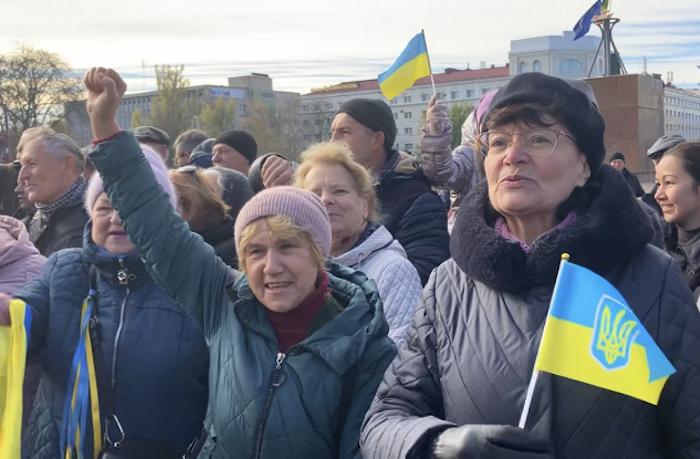On the offensive since August, Ukraine is running short of many different types of ammunition, including the air-defense interceptors needed to parry Iranian-supplied drones and Russian missiles, The Economist argues. "The good news is that America and its European allies are beginning to expand ammunition production. The bad news is that Ukraine may not feel the benefit until next summer."
Skeptics, including US General Milley, argue that Ukraine’s main offensives are probably over for the winter. They argue that Ukraine’s ground offensives in Kherson were not much different from Russia’s in Donbas—slow, crude, and relatively ineffective—and that the earlier breakthrough in Kharkiv occurred only because Russian lines were woefully undermanned.
"Optimists point to Ukraine’s advantages. It has 200,000 to 300,000 combat-capable troops, against fewer than 100,000 Russians in the field. Morale among Ukrainian forces is sky-high, a key factor in winter warfare, in which soldiers must bear acute hardship. It also has the edge in precision firepower, thanks to GPS-guided shells and rockets, such as Excalibur artillery rounds," The Economist wrote.





